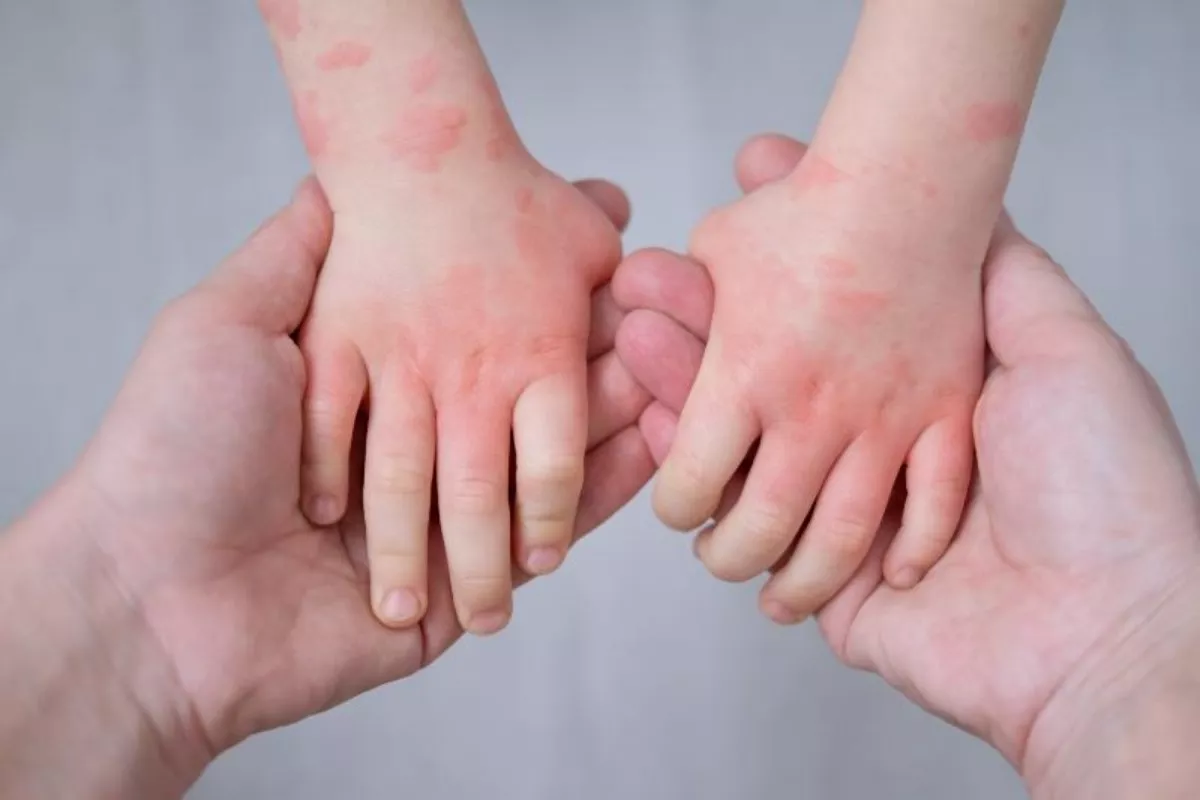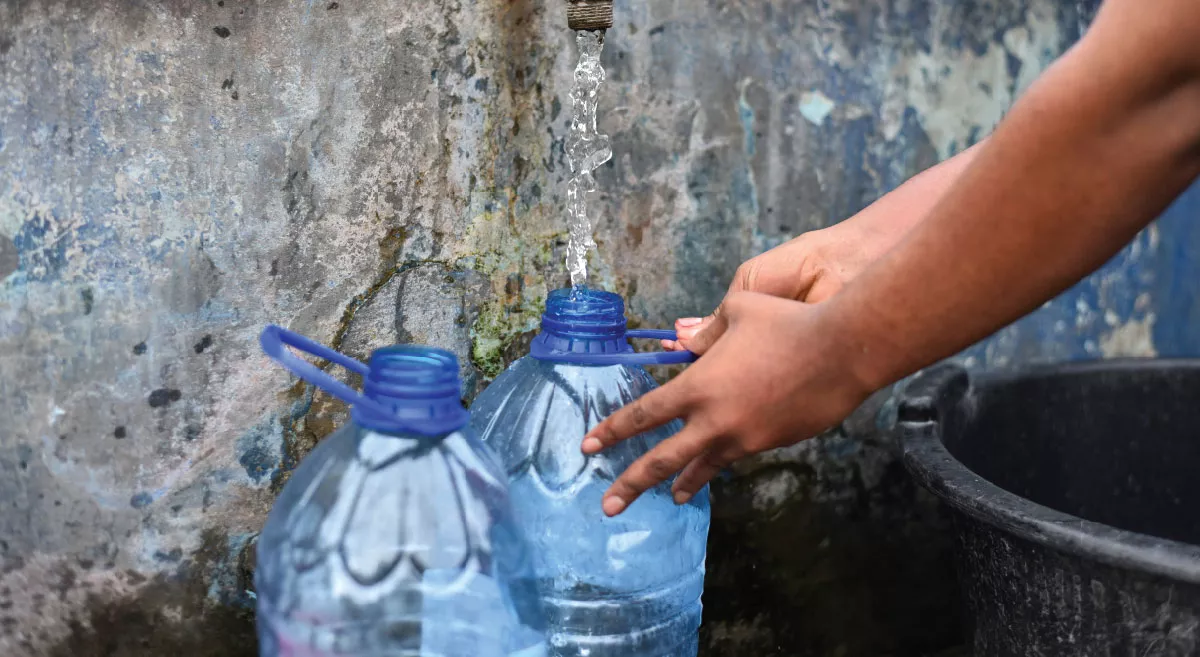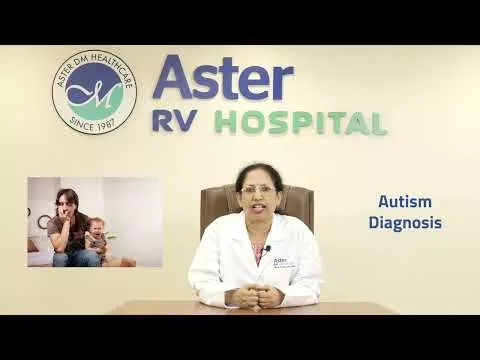When your child feels unwell, the worry can be overwhelming. Among the common illnesses young children encounter is Hand, Foot, and Mouth Disease (HFMD). Although it’s often mild, understanding this illness, its symptoms, and how to care for your child can help make the experience less stressful.
What is Hand, Foot, and Mouth Disease?
Infection with HFMD is caused primarily by a virus called coxsackie. It commonly affects children under seven years of age, especially toddlers, and is most prevalent during the summer and fall. HFMD should not be confused with foot-and-mouth disease, which affects animals. The name originates from its hallmark symptom—a rash that appears on the hands, feet, and inside the mouth.
While HFMD is a self-limiting illness that resolves within 7–10 days, its symptoms can cause discomfort, especially for young children. The disease spreads easily through saliva, unwashed hands, and surfaces contaminated by bodily fluids. Schools, daycare centers, and playgrounds are common hotspots for outbreaks.
Recognizing the Symptoms of HFMD
The symptoms of HFMD typically begin 3–5 days after exposure to the virus. Early signs include fever, sore throat, and a general sense of feeling unwell. Soon after, more specific symptoms develop:
Mouth Sores: Painful red spots or ulcers appear inside the mouth, often on the tongue and throat. These sores can make eating or drinking difficult, leading to irritability and dehydration.
Skin Rash: A rash of red spots, sometimes with small blisters, develops on the palms, soles, and other areas such as the buttocks and legs. The rash is usually not itchy but can be tender.
Other Symptoms: Some children may experience loose stools, drooling due to mouth pain, or a reduced appetite.
Most children recover with minimal complications, but dehydration and rare issues like viral meningitis or encephalitis (brain swelling) may occur in severe cases.
How Does HFMD Spread?
HFMD is highly contagious and spreads easily in close-contact settings. The virus can be transmitted through saliva, nasal mucus, feces, and blister fluid. Children often become infected by touching toys or surfaces shared with others and then putting their hands in their mouths.
The disease is contagious even before visible symptoms, such as a rash, appear and remain transmissible for several days. Good hygiene and proactive measures are essential to prevent its spread.
Caring for a Child with HFMD
There’s no specific cure for HFMD, but you can manage your child’s symptoms to ensure comfort and prevent complications.
Here are some practical tips for home care:
Soothing Foods and Fluids: Offer soft, non-acidic foods like yogurt, pudding, and pasta to reduce irritation in the mouth. Cold treats such as popsicles and smoothies can also help numb the pain. Ensure your child drinks plenty of fluids to stay hydrated, as dehydration is a common concern.
Skin Care: Keep blisters clean and avoid popping them. Wash affected areas gently with lukewarm soap and water. Avoid itching to prevent breaking of blisters that could risk secondary infection
Rest and Isolation: Allow your child to rest and recover at home. Keep them away from daycare or school until their fever subsides and they feel better.
Most children feel significantly better within a week, though the rash may linger longer.
When to Call the Pediatrician
While HFMD is generally mild, certain symptoms require medical attention. The following symptoms should be reported to your child's healthcare provider:
• Dark urine, dry mouth, and fewer wet diapers are all signs of dehydration.
• Fever lasting more than three days.
• Severe mouth sores that prevent your child from eating or drinking.
• Excessive fussiness, lethargy, or difficulty waking your child.
• Symptoms that persist beyond 10 days or worsen over time.
In rare cases, HFMD can lead to complications like viral meningitis, which requires prompt medical care. Always trust your instincts—if something feels off, don’t hesitate to seek help.
Preventing HFMD
Prevention is the best strategy when dealing with a contagious illness like HFMD. Simple but effective hygiene practices can significantly reduce the risk:
Frequent Handwashing: Teach children to wash their hands regularly, especially after using the restroom, playing, or eating. Adults should also wash their hands frequently, especially after caring for a sick child or changing diapers.
Clean Shared Surfaces: Regularly sanitize toys, countertops, and other high-touch areas with disinfectants, as the virus can survive on surfaces for days.
Avoid Close Contact: Keep your child home from school or daycare during the contagious period to prevent spreading the virus to others.
These practices not only limit the spread of HFMD but also contribute to better overall health and hygiene.
The Bottom Line
Hand, Foot, and Mouth Disease is a common childhood illness that, while uncomfortable, is usually not serious. By recognizing its symptoms early, managing discomfort, and practicing preventive measures, parents can help their children recover quickly and minimize the risk of transmission.
If you have concerns about your child's symptoms or recovery, don't hesitate to contact your healthcare provider. With the right care and attention, HFMD can be managed effectively, ensuring your child's comfort and well-being.











